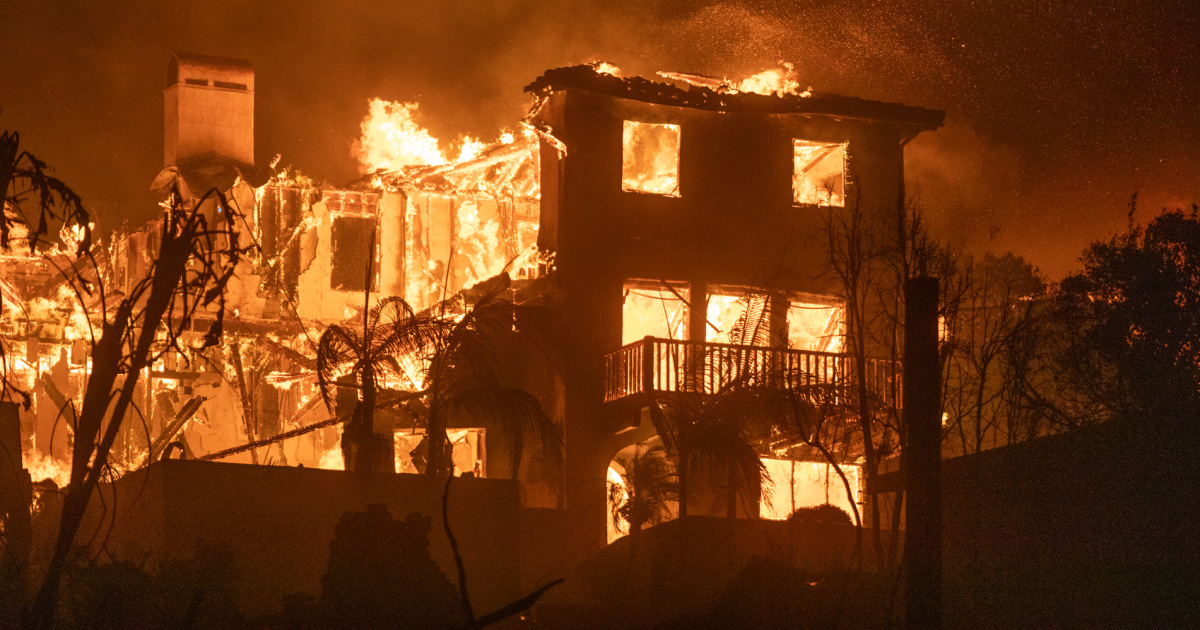Essential Survival Guide: Navigating California’s Fire Evacuations
California’s wildfires have become a frequent and devastating reality, forcing residents to be on high alert and prepared for sudden evacuations. As flames can spread rapidly, even the most prepared individuals can find themselves in precarious situations. This essential survival guide will equip you with the necessary knowledge and strategies to navigate fire evacuations effectively, ensuring your safety and that of your loved ones.
Understanding the Evacuation Process
When a wildfire threatens your area, local authorities will issue evacuation orders. These are typically classified into two categories:
- Evacuation Warnings: This is a notification that you should prepare to leave. It means the situation is serious, and conditions may worsen.
- Evacuation Orders: This is a mandatory command to leave immediately. These orders are issued when a fire is imminent or already affecting areas nearby.
Staying informed is crucial during this time. Follow local news outlets, sign up for emergency alerts, and utilize apps that provide updates on fire conditions. Being proactive can make all the difference when time is of the essence.
What to Pack for an Evacuation
When faced with an evacuation, packing effectively can significantly reduce stress and ensure you have what you need during an uncertain time. Here’s a checklist of essential items to consider:
- Documents: Gather important documents such as identification, insurance papers, medical records, and property deeds. Consider keeping digital copies on a secure cloud service.
- Medications: If you or a family member relies on medications, pack at least a week’s supply along with any necessary medical equipment.
- Clothing: Pack clothes suitable for the climate and sturdy shoes. Remember to include warm layers if evacuating during cooler months.
- Food and Water: Non-perishable food items and at least a gallon of water per person per day for at least three days are essential.
- Emergency Kit: A well-stocked emergency kit should include a flashlight, batteries, a first aid kit, and a multi-tool.
- Pet Supplies: If you have pets, pack food, water, a leash, and any necessary medications. Don’t forget their vaccination records.
Consider preparing a “Go Bag” that you can grab quickly in case of an emergency. This bag should contain all the essentials mentioned above and be easily accessible.
Staying Safe During Evacuations
During an evacuation, safety should be your top priority. Here are some key tips to keep in mind:
- Follow Evacuation Routes: Always use designated evacuation routes provided by local authorities. These routes are designed to keep you safe and minimize congestion.
- Drive Safely: Stay calm and avoid distractions. Smoke can reduce visibility, so drive carefully and keep your headlights on.
- Stay Informed: Keep your phone charged and check for updates on evacuation orders and fire conditions. Social media can also be a helpful resource for real-time information.
In some cases, you may not have time to evacuate. If you find yourself trapped, stay calm and assess your options. Move to an area that is already burned, if possible, as it may be safer than areas with active flames. Stay low to the ground to avoid smoke inhalation, and cover your mouth with a cloth if necessary.
What to Do if You Find Yourself Trapped
If you’re caught in a fire scenario, here’s how to enhance your chances of survival:
- Find Shelter: Look for a building or vehicle to shelter in. If you’re outside, try to find a low-lying area or a creek to shield yourself from the flames.
- Protect Yourself: Use clothing or materials to cover your face and body. Wetting a cloth can also help filter smoke and cool your skin.
- Stay Calm: Panic can cloud your judgment. Focus on your breathing and assess your surroundings for potential escape routes.
Building a Community Preparedness Plan
While personal preparedness is critical, community response can significantly impact overall safety. Engage with your neighbors to create a collective emergency plan. Here are some steps you can take:
- Communication: Establish a communication plan to check on one another during emergencies.
- Shared Resources: Organize shared resources such as toolkits, emergency supplies, or a community shelter plan.
- Training: Consider organizing first aid and emergency response training sessions for community members.
Being part of a supportive community can help alleviate anxiety during emergencies and ensure everyone knows their role in a crisis.
Long-term Preparedness Strategies
In addition to immediate evacuation preparedness, there are long-term strategies you can implement to reduce fire risk and enhance your safety:
- Fire-Resistant Landscaping: Use fire-resistant plants and maintain a defensible space around your home to reduce the likelihood of flames reaching your property.
- Home Inspections: Regularly inspect your home for fire hazards, including flammable materials and outdated wiring.
- Community Involvement: Participate in local fire safety programs and advocate for community-wide fire prevention initiatives.
By investing time and resources into long-term fire safety measures, you can create a safer environment for yourself and your community.
Conclusion: Be Prepared, Stay Safe
As wildfires continue to pose a significant threat to California, being prepared for fire evacuations is not just a good idea—it’s essential. By understanding the evacuation process, knowing what to pack, and planning both individually and within your community, you can navigate the challenges posed by wildfires more effectively. Remember, safety is paramount, and taking proactive steps today can ensure a more secure tomorrow.
With the right preparation, you can face any wildfire evacuation with confidence, knowing that you are equipped to protect yourself and your loved ones.
See more Your Daily Weather



